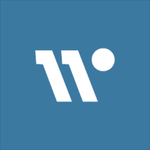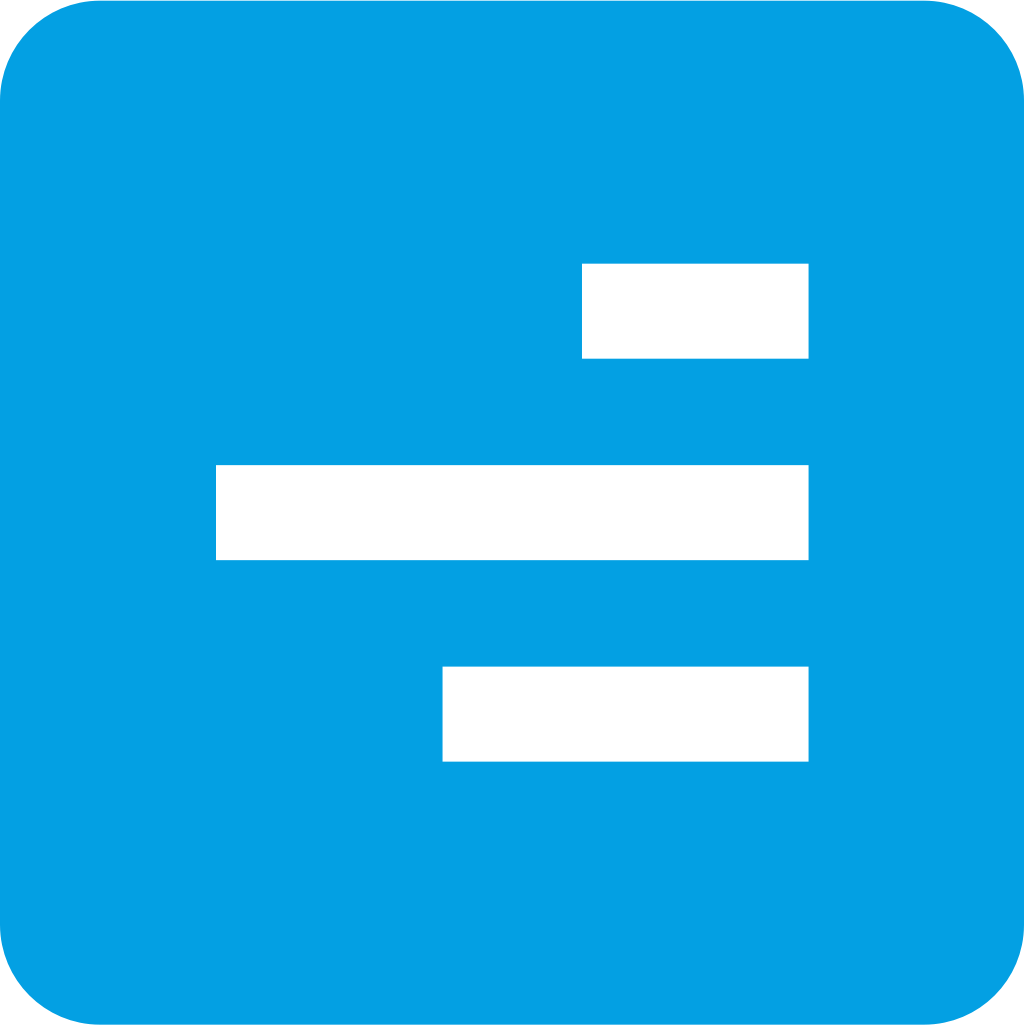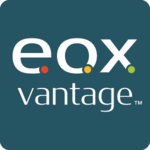Description

Zarafa

Wizergos
Comprehensive Overview: Zarafa vs Wizergos
Zarafa and Wizergos are two distinct products that cater to different market needs, so let's break down each in terms of their primary functions, target markets, market share, user base, and differentiating factors.
Zarafa
a) Primary Functions and Target Markets
Zarafa is an open-source collaboration platform that primarily serves as a Microsoft Exchange alternative. It offers email, calendar, and collaboration functionalities, including shared calendar, contacts, tasks, and notes. Zarafa is especially focused on providing compatibility with Microsoft Outlook, which allows users to experience a familiar interface while leveraging an open-source backend.
-
Primary Functions:
- Email and messaging services
- Calendar and scheduling
- Contact and task management
- Integration with Microsoft Outlook
-
Target Markets:
- Small to medium enterprises (SMEs) looking for cost-effective alternatives to Microsoft Exchange
- Organizations with existing open-source ecosystems
- Entities seeking to avoid vendor lock-in or looking for flexible licensing options
b) Market Share and User Base
While Zarafa was once considered a strong competitor to Exchange, particularly in markets that value open-source solutions, its presence has diminished over the years. It has been largely overtaken by more modern open-source solutions like Nextcloud or proprietary offerings like Office 365.
c) Key Differentiating Factors
- Open-Source Nature: Unlike many competitors, Zarafa is open-source, allowing for a greater degree of customization and cost savings.
- Outlook Compatibility: It offers native compatibility with Outlook, a significant feature for businesses transitioning from Microsoft products.
Wizergos
a) Primary Functions and Target Markets
Wizergos is a meeting management and enterprise collaboration platform designed to enhance the efficiency and effectiveness of meetings and team collaboration. Its features are suited for digital transformation initiatives, focusing on making enterprise meetings more productive.
-
Primary Functions:
- Digital meeting management
- Automated meeting minutes and action items
- Real-time collaboration tools
- Integration with various business applications
-
Target Markets:
- Large enterprises looking to streamline meeting processes
- Industries with complex meeting and collaboration needs, such as IT services, consulting, and project management
- Organizations focused on digital transformation and workflow optimization
b) Market Share and User Base
Wizergos occupies a niche segment within the enterprise collaboration market, which includes a variety of comprehensive and specialized tools. It generally caters to larger organizations seeking to optimize their internal processes. Its market share is modest compared to giants like Microsoft Teams or Zoom, which provide broader communication and collaboration services.
c) Key Differentiating Factors
- Meeting Focus: Unlike broader collaboration tools, Wizergos centers specifically on improving the productivity and outcomes of meetings.
- Automation and Integration: Advanced automation of meeting-related tasks and seamless integration with other enterprise tools differentiate it from standard communication platforms.
Conclusion
In comparison, Zarafa and Wizergos serve different market needs: Zarafa as a traditional email and collaboration suite, primarily for organizations seeking open-source alternatives, while Wizergos focuses on niche meeting management within larger enterprises. Their market shares reflect their positioning, with Zarafa's influence waning due to evolving market demands towards more integrated or modern solutions, whereas Wizergos remains valuable for organizations emphasizing meeting efficiency as part of their digital strategy. The key differentiators such as open-source flexibility for Zarafa and meeting-centric features for Wizergos define their unique appeals in their respective markets.
Contact Info

Year founded :
Not Available
Not Available
Not Available
Netherlands
Not Available

Year founded :
2015
Not Available
Not Available
India
http://www.linkedin.com/company/wizergos
Feature Similarity Breakdown: Zarafa, Wizergos
Zarafa and Wizergos are both collaboration platforms that offer a range of features to enhance team communication and productivity. Let's take a closer look at their feature sets and user interfaces.
a) Core Features in Common
-
Collaboration Tools: Both Zarafa and Wizergos offer tools for communication such as email integration, chat, and messaging features that facilitate teamwork and collaboration.
-
Calendar Management: Both platforms provide calendar functionalities that allow users to schedule meetings, set reminders, and manage appointments.
-
Task Management: Zarafa and Wizergos include task management features to help teams organize and track their work effectively.
-
Integration Capabilities: Both platforms support integrations with third-party services and applications to extend their functionality. This includes connections to other productivity and communication tools.
b) Comparison of User Interfaces
-
Zarafa: Traditionally, Zarafa had more of a focus on replicating the Microsoft Outlook experience with a clean, familiar interface that appeals to users accustomed to enterprise email systems. It tends to use a straightforward, simplistic design that emphasizes ease of navigation and user efficiency.
-
Wizergos: Wizergos often has a more modern interface with a focus on visual appeal and intuitive design. It may incorporate dashboards and streamlined navigation that suit agile and fast-paced environments. The design is usually more dynamic and colorful, which can be more engaging and appealing to users who appreciate modern web interfaces.
c) Unique Features
-
Zarafa: Historically, Zarafa was known primarily as an open-source groupware and collaboration software that could serve as an alternative to Microsoft Exchange. It offered a strong focus on email server capabilities and integration with other clients like Outlook.
-
Wizergos: Wizergos is tailored more towards meeting and decision management, providing features specifically designed to streamline these processes. It might offer unique features like automated meeting minutes, decision tracking, and advanced analytics or reporting on meeting outcomes. This specialized focus can set Wizergos apart for users who need robust meeting facilitation features.
In conclusion, while both Zarafa and Wizergos share key functionalities like collaboration tools, calendar management, and task organization, they can differ in their focus areas, user interface design, and specialized features. Users may choose between them based on specific needs such as extensive email system capabilities or enhanced meeting management features.
Features

Security and Privacy
Integration and Compatibility
Communication Tools
Collaboration Features
User Management

Meeting Coordination
Collaborative Task Management
Workflow Automation
Analytics and Reporting
Communication and Collaboration
Best Fit Use Cases: Zarafa, Wizergos
Zarafa and Wizergos, assuming they refer to collaboration and communication software solutions, have different strengths that cater to varied business needs. Here's how they might fit different use cases:
Zarafa:
a) Best Fit for Zarafa:
-
Types of Businesses/Projects:
- Small to Medium-Sized Enterprises (SMEs): Zarafa’s open-source origins make it a cost-effective option for smaller businesses that may not have the budget for more expensive enterprise solutions.
- Organizations Requiring On-Premise Solutions: Companies that prioritize data privacy and want to keep their communications infrastructure on-premise often choose Zarafa for its flexibility and control over data.
- Microsoft Outlook Integration: Businesses already heavily invested in Microsoft Outlook but looking for a more cost-effective backend solution might find Zarafa’s Outlook-like interface beneficial.
-
Industry Vertical Fit:
- Government and Education: These sectors often require on-premise solutions due to data protection regulations.
- Public Sector: With a focus on budget management, Zarafa provides a robust, cost-effective solution.
- Nonprofits: Typically looking for affordable and customizable communication tools.
d) Catering to Different Sizes:
- Zarafa is scalable from small businesses to larger organizations that are comfortable managing open-source software. It provides a good balance of cost and control, especially for IT departments capable of handling configuration and maintenance.
Wizergos:
b) Preferred Scenarios for Wizergos:
-
Types of Businesses/Projects:
- Agile and Project-Driven Teams: Wizergos offers functionalities tailored for meetings management, facilitating better decision-making and follow-up, making it ideal for agile teams that require frequent and effective meetings.
- Enterprises Emphasizing Operational Efficiency: Its capabilities in automating meeting workflows and tracking action items suit businesses focused on improving efficiency and accountability.
-
Industry Vertical Fit:
- Technology and Software Development: Sectors with fast-paced, iterative development processes benefit from Wizergos' meeting management tools.
- Consulting and Professional Services: Industries where coordination and efficient client project management are crucial.
- Healthcare and Pharmaceuticals: Industries with compliance requirements and need for structured communication and decision-tracking.
d) Catering to Different Sizes:
- Wizergos is versatile for medium to large enterprises, offering robust features for handling complex and frequent meeting setups. It's suitable for departments or businesses that prioritize structured communication and operational agility.
Ultimately, the choice between Zarafa and Wizergos depends on a business's specific requirements regarding scalability, data privacy, cost, and the need for efficient meeting management and decision-making systems.
Pricing

Pricing Not Available

Pricing Not Available
Metrics History
Metrics History
Comparing teamSize across companies
Conclusion & Final Verdict: Zarafa vs Wizergos
To provide a thorough and fair conclusion and final verdict for Zarafa and Wizergos, it's important to evaluate both products based on criteria such as features, pricing, user experience, customer support, scalability, and integration capabilities. Here's an analysis to help determine the best overall value and offer guidance for users:
a) Considering all factors, which product offers the best overall value?
The determination of the best overall value between Zarafa and Wizergos largely depends on the specific needs of the user or organization. Typically, each product excels in different areas, and their value proposition can vary based on use cases. However, considering general factors:
-
Zarafa may offer better value for organizations that prioritize open-source solutions, need robust email and collaboration functionalities, and require self-hosting capabilities for privacy and control.
-
Wizergos might provide better value for businesses focusing on meeting productivity, team collaboration, and effective workflow management perhaps due to its specific tools and features designed for enhancing team efficiency.
b) Pros and Cons of Choosing Each Product
Zarafa:
Pros:
- Open Source: Allows for greater customization and flexibility to adapt to specific business needs.
- On-Premises Hosting: Offers more control over data, suited for companies with strict data compliance requirements.
- Email Integration: Strong support for email functionalities, serving as a comprehensive communication tool.
Cons:
- Complex Setup: May require more technical expertise to deploy and maintain, potentially increasing operational overhead.
- Limited Vendor Support: As it relies on community support, users might face challenges in getting timely assistance.
Wizergos:
Pros:
- User-Friendly Interface: Typically easier to use with a focus on improving team collaboration and efficiency.
- Integrated Tools: Offers specialized features for meeting management and process automation.
- Cloud-Based: Provides accessibility and scalability, with lower initial setup costs compared to on-premise solutions.
Cons:
- Reliance on Internet: Dependent on perennial internet access due to its cloud-based structure, which might not suit all environments.
- Subscription Costs: Recurring cloud service fees may add up over time depending on organizational size and usage.
c) Specific Recommendations for Users Trying to Decide Between Zarafa vs Wizergos
-
Evaluate Business Needs: Users should assess their core requirements. If centralized email management and control over data are priorities, Zarafa could be more aligned with their goals. For those focusing on enhancing team collaboration and streamlining meetings, Wizergos might be more suitable.
-
Consider Technical Capacity: Zarafa might be ideal for organizations with IT teams capable of managing open-source and self-hosted solutions. Wizergos, being more turnkey, suits those looking for quick deployment without extensive IT involvement.
-
Budget Assessment: Determine initial and ongoing expenses. Zarafa potentially offers cost savings in software, but hardware and maintenance costs should be factored. Wizergos, with its subscription model, provides predictable monthly costs but may become expensive for large teams or usage scales.
-
Data Sensitivity: If handling sensitive data, Zarafa’s on-premises deployment can offer an added layer of security and compliance adherence, while Wizergos offers convenience with cloud features.
In conclusion, users should weigh their specific organizational goals, technical expertise, and budget constraints to choose the product that will deliver the greatest benefits. Both Zarafa and Wizergos have strengths and cater to different business needs, emphasizing the importance of aligning these solutions with business objectives.
Add to compare
Add similar companies



